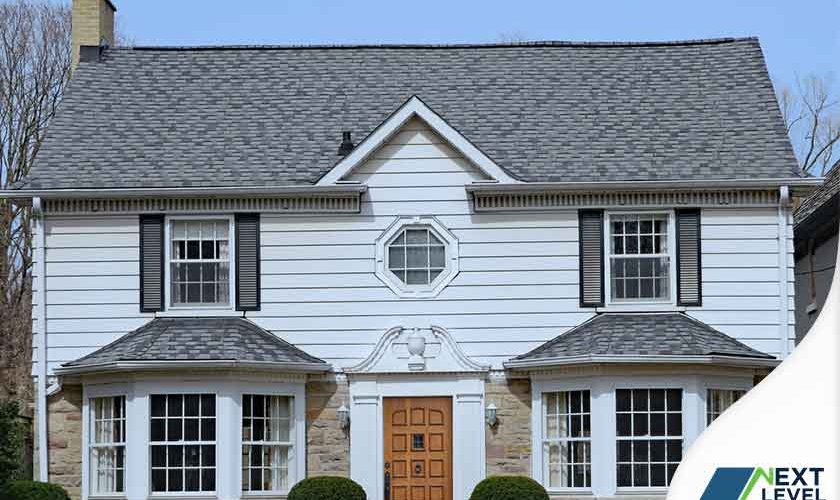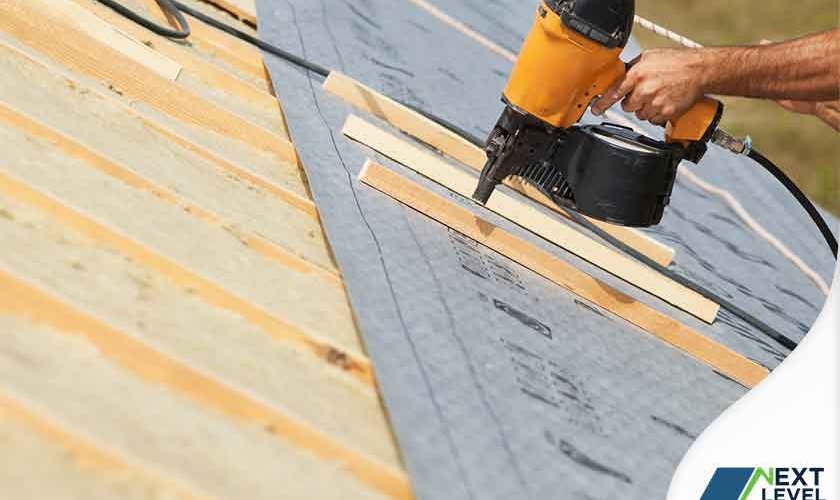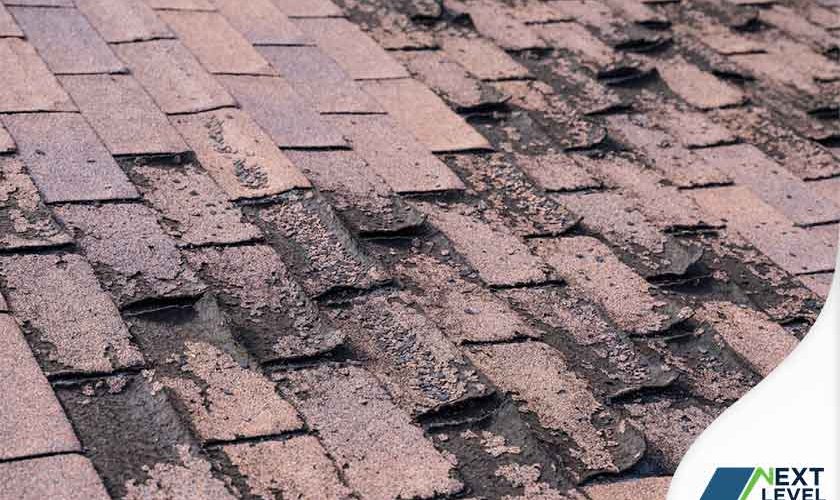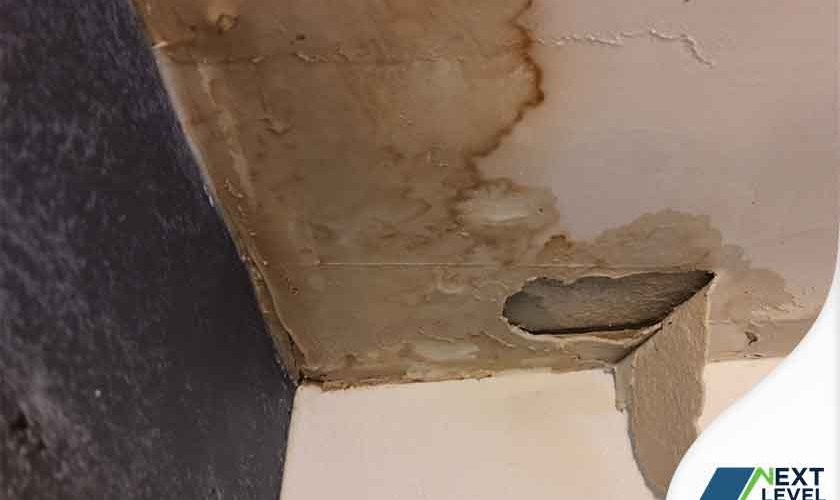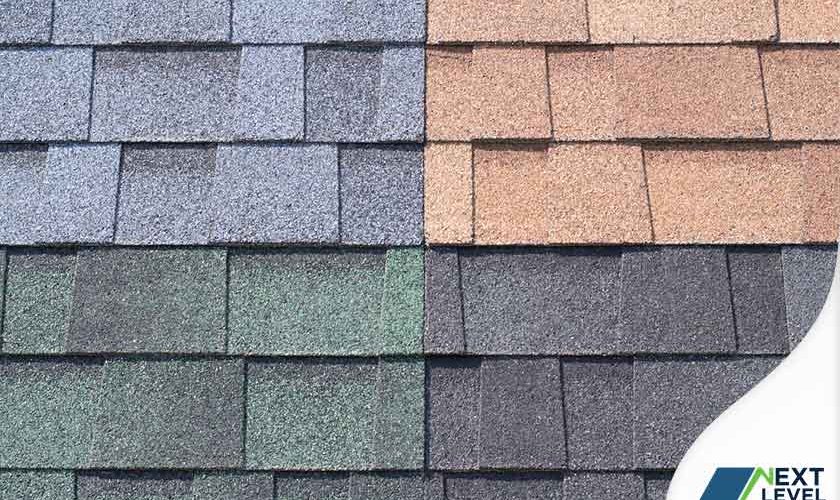Underlayment is a protective layer installed between the roof’s sheathing and shingles to prevent moisture infiltration. It is usually made from felt or synthetic material and requires proper installation by professional roofing companies to be effective in performing its function.
Asphalt shingles can suffer from wear over time. It can have cracks and splits that compromise its protective capabilities. Some homeowners often confuse these two types of roof damage, so here’s a brief explainer from trusted residential and flat roof contractors to clarify their differences.
A dry attic means a long-lasting roof. Moisture and heat can affect your roof’s lifespan and performance. Here are some of the things that can happen to your roof if exposed to excessive humidity, according to reputable roofers.
Your roof plays a major role in the curb appeal of your home. In fact, it accounts for up to 40 percent of your home’s visual exterior. For this reason, choosing a color for your asphalt shingles is an important consideration. The ideal color palette should enhance your home’s architectural style and draw the eye upward to any special details such as gables. On the other hand, the wrong shingle color can make your home look unappealing and throw off

